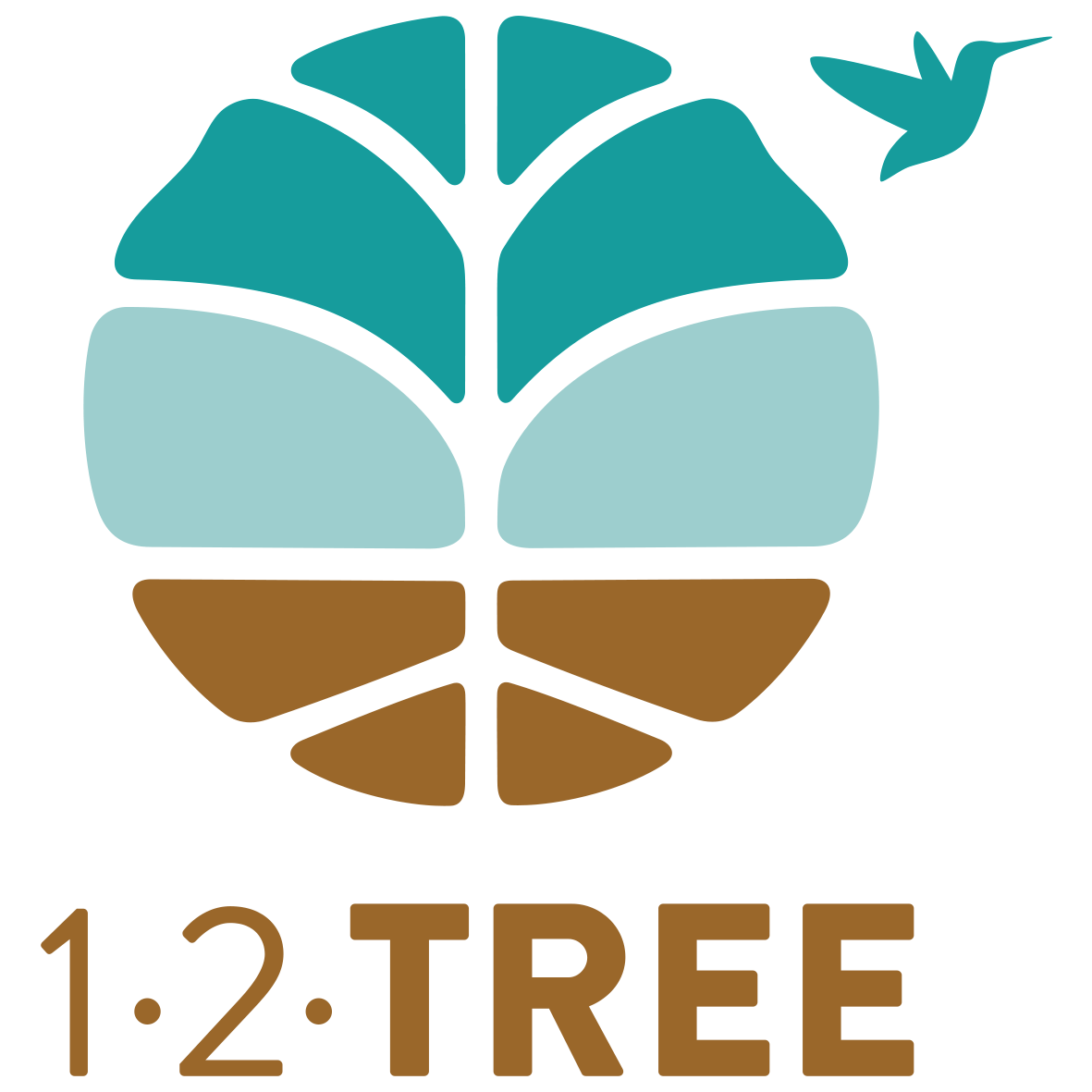Protecting and enhancing biodiversity has implications far beyond the preservation of natural ecosystems and the regulation of ecosystem services. Biodiversity is also critical for ensuring human wellbeing, promoting global security, and spurring economic development.
As stated in the Science Based Targets Network initial guidance for business (2020), “...nature is the backbone of human well-being and the foundation for all economic activity. Without action to halt and reverse the loss of nature, projections of economic growth and visions for a better life are impossible.” In agricultural supply chains, biodiversity plays a crucial role in maintaining the productivity and resilience of agricultural systems, especially under multiple stresses caused by climate change.[1]
The first joint report by the IPCC and IPBES concluded that the world must tackle climate change and biodiversity loss together if either issue is to be successfully solved. Findings from the report show that actions to protect and enhance biodiversity largely come with co-benefits for tackling climate change. Whereas some interventions designed to mitigate climate change can be detrimental to biodiversity and nature if not correctly designed and managed.[2]
We are committed to protecting and enhancing biodiversity in the areas where we operate, and in partnership with other stakeholders. The biodiversity pillar of our sustainability strategy includes a range of initiatives and activities:
AVOIDANCE OF DEFORESTATION AND CONVERSION OF NATURAL ECOSYSTEMS. Through our Deforestation and Land Use Change Policy, responsible practices are conducted during land acquisition, land use planning and site development. Initial due diligence, impact assessments, and planning processes incorporate recognized and technically-sound approaches to assessing land tenure, identifying the conservation and community values of the land, evaluating the potential impacts of proposed land use activities, and designing plans to minimize negative impacts, mitigate unavoidable impacts, and generate positive impacts.
SUSTAINABLE LAND USE PRACTICES. Through biodiversity-friendly, regenerative agricultural approaches, we are developing more resilient production systems, thus mitigating risk all along the supply chain. We recognize this is critical for enabling the industry to move beyond business as usual, and towards more just and non-extractive supply chains.
HABITAT RESTORATION AND ENHANCEMENT. We recognize that protecting, restoring and enhancing habitats on our land and in the surrounding landscape in order to increase biodiversity requires collaboration with a range of stakeholders, including NGOs, governments, and local communities. We are committed to working with these groups to identify and implement solutions that protect and enhance biodiversity in the landscapes we work in.
These activities support our long-term efforts to meet emerging industry guidance, including the Climate, Community and Biodiversity standards, Accountability Framework, GHG-Protocol, the Science-Based Targets Initiative and its recently released Net Zero Standard and the Convention on Biological Diversity. These guidance frameworks have recently undergone major updates to integrate considerations relevant to biodiversity and ecosystem co-benefits. Our sustainability strategy, grounded in three pillars - climate, community, and biodiversity - is allowing us to get out ahead of these guidance’s prescriptions.
Last year, we had our first opportunity to test how well 12Tree’s corporate sustainability goals and monitoring framework align with the standards of Verra CCB Certification- internationally recognized as one of the most rigorous and progressive industry standards. Through the process of certifying Andean Cacao -one of the first agroforestry projects in the world undergoing Verra CCB certification- we learned that our biodiversity goals, indicators and monitoring systems are well aligned with the Verra CCB framework. This greatly facilitated the selection of appropriate and defensible methods to quantify the project’s biodiversity benefits in order to meet the standard’s requirements, while at the same time enabling the aggregation of biodiversity data from all of the projects in our portfolio in a meaningful way.
We recognize that protecting biodiversity is a complex and ongoing challenge, and we are committed to continuous improvement in this area. We look forward to working together with our stakeholders to protect and enhance biodiversity and create a more sustainable future for all.
[1] Science Based Target Network (2020): science-based targets for nature initial guidance for business. Available at: https://sciencebasedtargetsnetwork.org/wp-content/uploads/2020/11/Science-Based-Targets-for- Nature-Initial-Guidance-for-Business.pdf
[2] H.O. Pörtner et al. (2021): IPBES-IPCC co-sponsored workshop report on biodiversity and climate change. Available at: https://www.ipbes.net/sites/default/files/2021-06/20210609_workshop_report_embargo_3pm_ CEST_10_june_0.pdf
This article is an extract of the 2023 12Tree Sustainability Update Report. Download the report to learn more about our progress and key impact areas.




